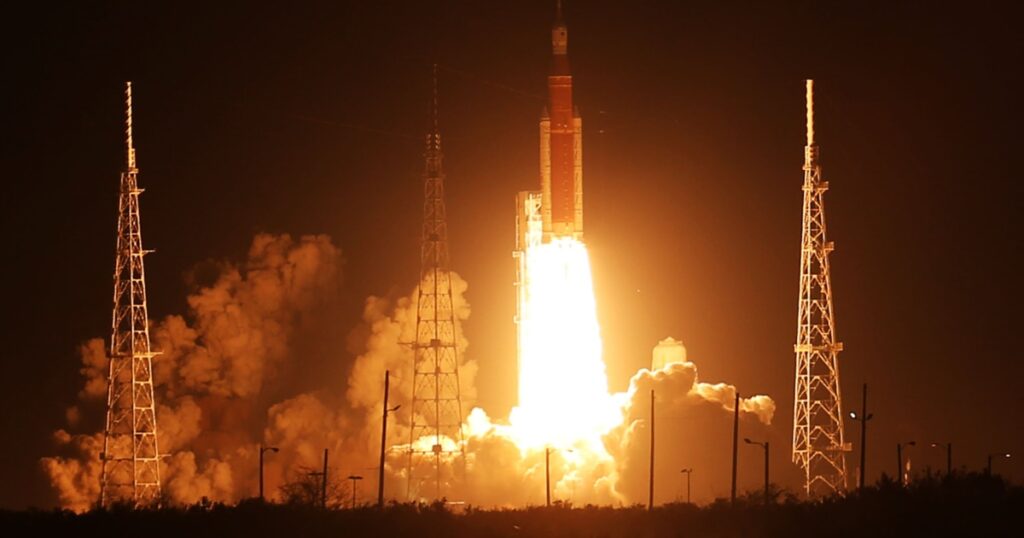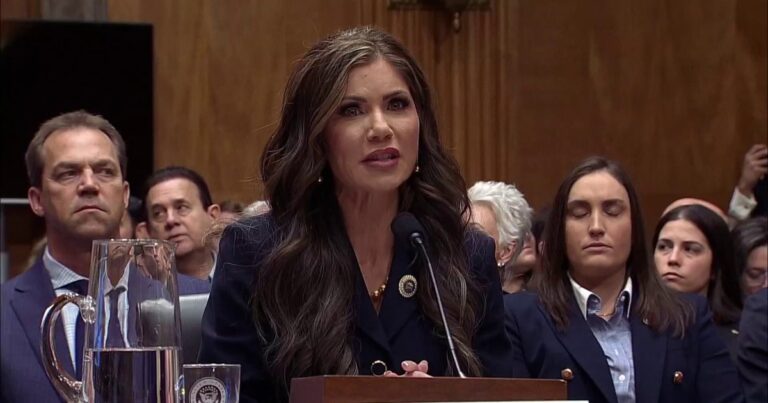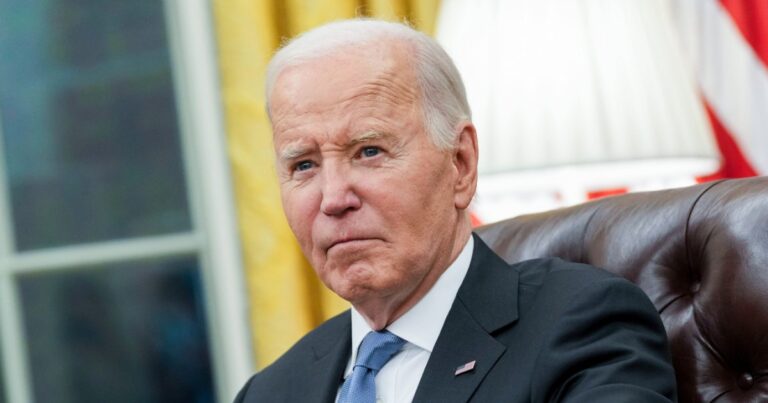
The Summary
- NASA’s next Artemis mission, which will send four astronauts around the moon, is delayed until 2026, the agency announced.
- The delay also pushes back the expected timeline of a subsequent Artemis mission to land astronauts on the lunar surface.
- NASA Administrator Bill Nelson said that under the new timeline, the U.S. will still be on track to put astronauts on the moon before China does.
NASA announced Thursday that the next Artemis mission, which will send four astronauts on a flight around the moon, will be delayed until 2026 — yet another postponement in a program that is already years behind schedule and billions of dollars over budget.
In January, NASA said it would launch the Artemis II mission in September 2025 instead of late 2024. Now, the space agency says it is targeting a launch in April 2026 to allow more time to address issues with its next-generation Orion space capsule. The problems were detected during the uncrewed Artemis test flight in 2022.
The delay also pushes back the Artemis III mission, which aims to land astronauts near the moon’s south pole; instead of launching in September 2026, that mission is planned for mid-2027.
NASA Administrator Bill Nelson said the adjusted timeline should still keep the United States on track to return astronauts to the moon before China puts its own astronauts on the lunar surface.
Nelson said the mid-2027 goal “will be well ahead of the Chinese government’s announced intention” of landing Chinese astronauts on the moon by 2030.
China’s interest in lunar exploration has ignited a kind of new space race, with some U.S. experts and officials increasingly concerned that if China reaches the lunar surface before the U.S., there could be competition over resources in space, including valuable water-ice that is thought to be locked up in permanently shadowed craters at the lunar south pole. Water on the moon, the thinking goes, could be used to make rocket fuel to propel missions deeper into space.
“It is vital for us to land on the south pole so that we do not cede portions of that lunar south pole to the Chinese,” Nelson said.
NASA officials attributed the need to delay the Artemis missions to flaws in the heat shield on the Orion spacecraft that they detected during the capsule’s uncrewed flight. They noticed, for instance, that the heat shield was worn down in places, and that a buildup of internal pressure caused parts of the outer layer to crack and shed, NASA Deputy Administrator Pam Melroy said.
Orion’s heat shield covers the bottom of the capsule and plays a crucial role in protecting the spacecraft — and potential astronauts onboard — from the extreme temperatures of re-entering the Earth’s atmosphere.
Extensive testing revealed that the heat shield likely eroded because of the specific way that the Orion capsule returned to Earth. The spacecraft was designed to execute what is known as a “skip entry,” which involves ducking in and out of the atmosphere to dissipate energy and slow the vehicle down.
But Melroy said this method of re-entry caused heat to build inside the outer layer of the heat shield, which ultimately caused it to crack and wear away in some spots.
Delaying the next two Artemis flights will give engineers time to address those heat shield issues and prepare for what Nelson said will be a “modified entry trajectory.”
“The safety of our astronauts is always first in our decisions. It is our North Star,” Nelson said. “We do not fly until we are confident that we have made the flight as safe as possible for the humans onboard.”
With Donald Trump’s new administration set to take control of the White House in January, some space industry experts have speculated that parts of the Artemis program could be overhauled or even scrapped.
But Melroy said the decision to move forward with the Artemis program was “pretty clear” and should not be held up during the transition as the next administration establishes its goals and priorities.
“To the greatest extent possible, we certainly want to defer any decisions about starting or ending programs,” Melroy said. “Major decisions need to be deferred for a new team, and we have not yet received the transition team, so we didn’t have an opportunity to brief anybody.”
NASA has spent more than $42 billion over more than a decade on the development of its new Space Launch System mega-rocket and Orion spacecraft, which are designed to take astronauts back to the moon. As part of the initiative, NASA envisions launching regular missions to establish a base camp on the lunar surface before it eventually ventures on to Mars.













